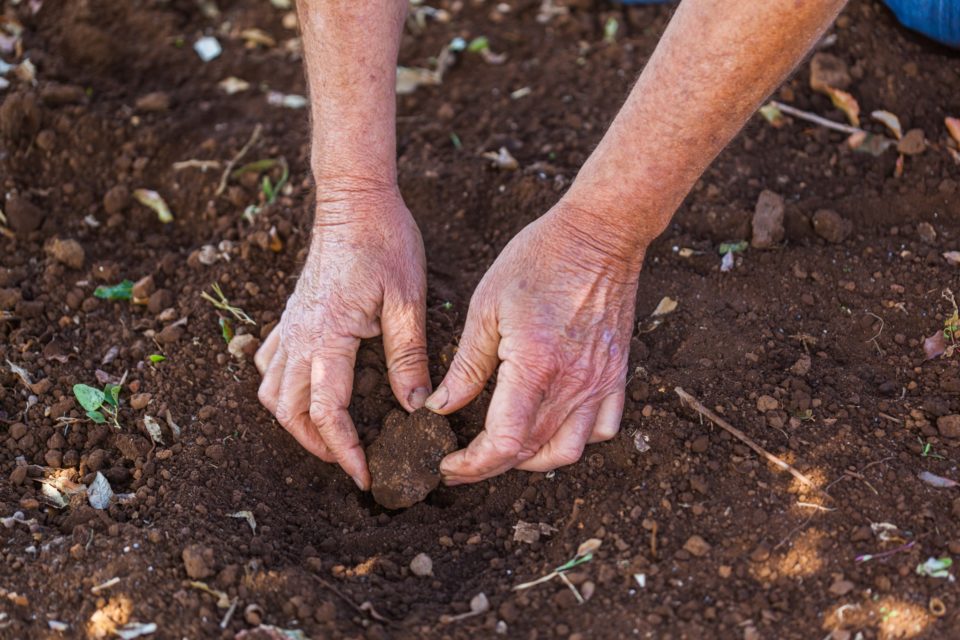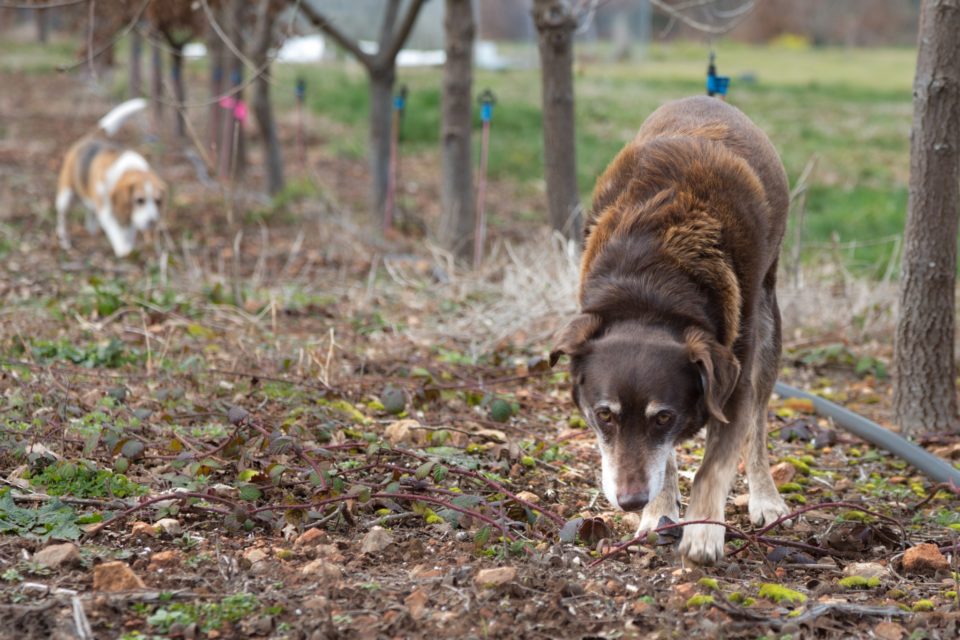Discover the mysterious black truffle
The allure of the exotic black truffle has captivated many for thousands of years. The intense flavour, unusual sight, and warty textured feel is like nothing else on earth, and the smell of one truffle has been known to clear a whole room.
So what do they smell like? Describing the pungent aroma of the black fungi defies explanation. However Gareth Renowden attempts in his book The Truffle Book, “Open the spice cupboard and take a deep sniff. Crush an unpeeled clove of garlic. Find some damp leaves and dig your fingers into the earth underneath (oak leaves are best). Then go for something floral, lilies for penetration, roses for sweetness.”
It all happens underground
The truffle is a fungus that grows underground. It starts to form in spring and grows rapidly between December and February. When born, it takes the form of a tiny cup shape, of which the edges will close up and form the truffle. The interior of the truffle will grow tiny veins and will be white in colour with the outer skin reddish with small warts. As the truffle matures during June through to September, the colour transitions to black inside with white veins. Only then does it emit the powerful aroma that sends the gastronomes into a heavenly spin.

It doesn't happen overnight
Growing truffles is now as much science as it is art. When the plantation is managed effectively, you can consistently find a number of trees producing truffles after four years. Generally speaking, it is between 6 - 8 years before a truffle grower can begin to harvest commercial quantities of black truffles from the trees.
Truffles are hosted by trees
There are a number of tree varieties capable of hosting the truffle fungi. English oaks, holm oaks, pubescence oaks, hornbean and hazelnut trees to name a few. Some of these trees may be better suited to some soils than others; the industry in Australia is still too young to make any definitive conclusions as to which species are the best.
Dogs or pigs?
Pigs were traditionally used to locate the mature truffle. But it is difficult to train a pig to sit, stop or stay, and they are a little too fond of eating the truffles. Instead, we use specially trained dogs to identify the location of the truffles and when it's mature for harvesting. Lucky for us our dogs are happy with a schmacko for finding a truffle, rather than the truffle itself! We love our dogs and they are a significant part of the family.
